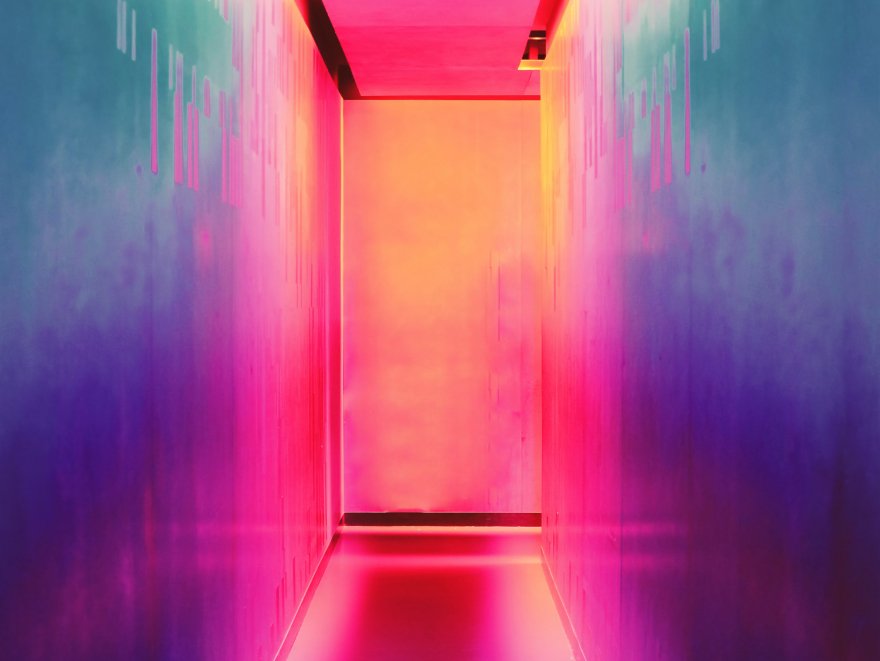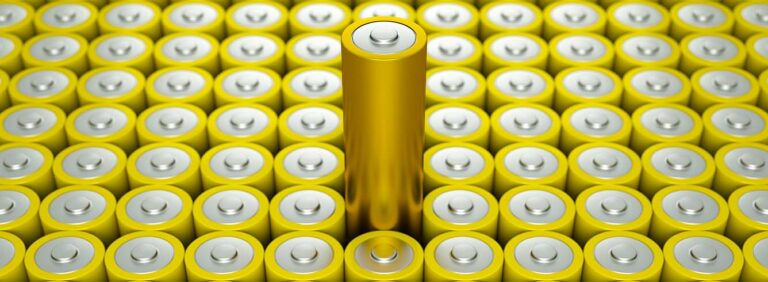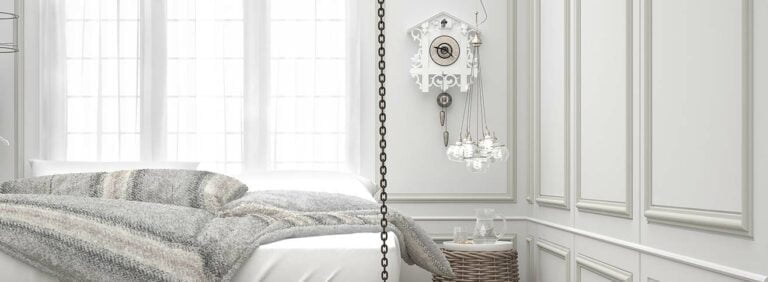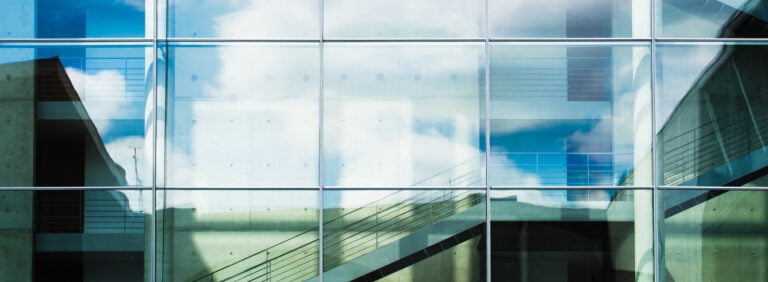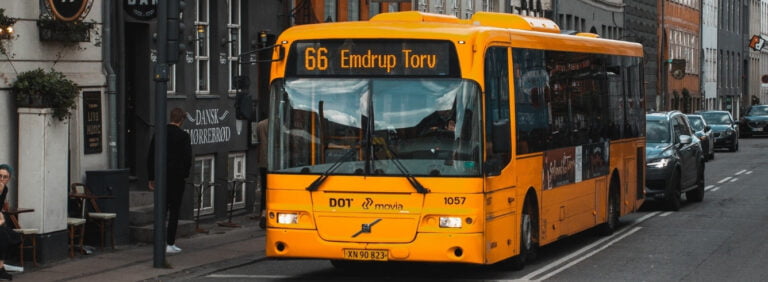Colours have the power to impact our daily lives – in fact, research suggests that colours influence us psychologically and physiologically.
Some projects are now trying to use the power of colour for social good by improving memory and well-being. Here, we tell you more about some specific benefits of colour for students, patients and athletes which are paving the way for more beautiful, inclusive and accessible spaces in the New European Bauhaus.
The European Commission’s New European Bauhaus is a creative and interdisciplinary initiative to design future ways of living, situated at the crossroads between art, culture, social inclusion, science and technology. It is about finding solutions that allow us to construct more inclusive, accessible and sustainable spaces as the European Green Deal kickstarts a renovation wave and circular economy.
Colours can be actively used to meet this vision, showcasing how we can leverage art, culture, science and technology for societal benefits in our daily environments.
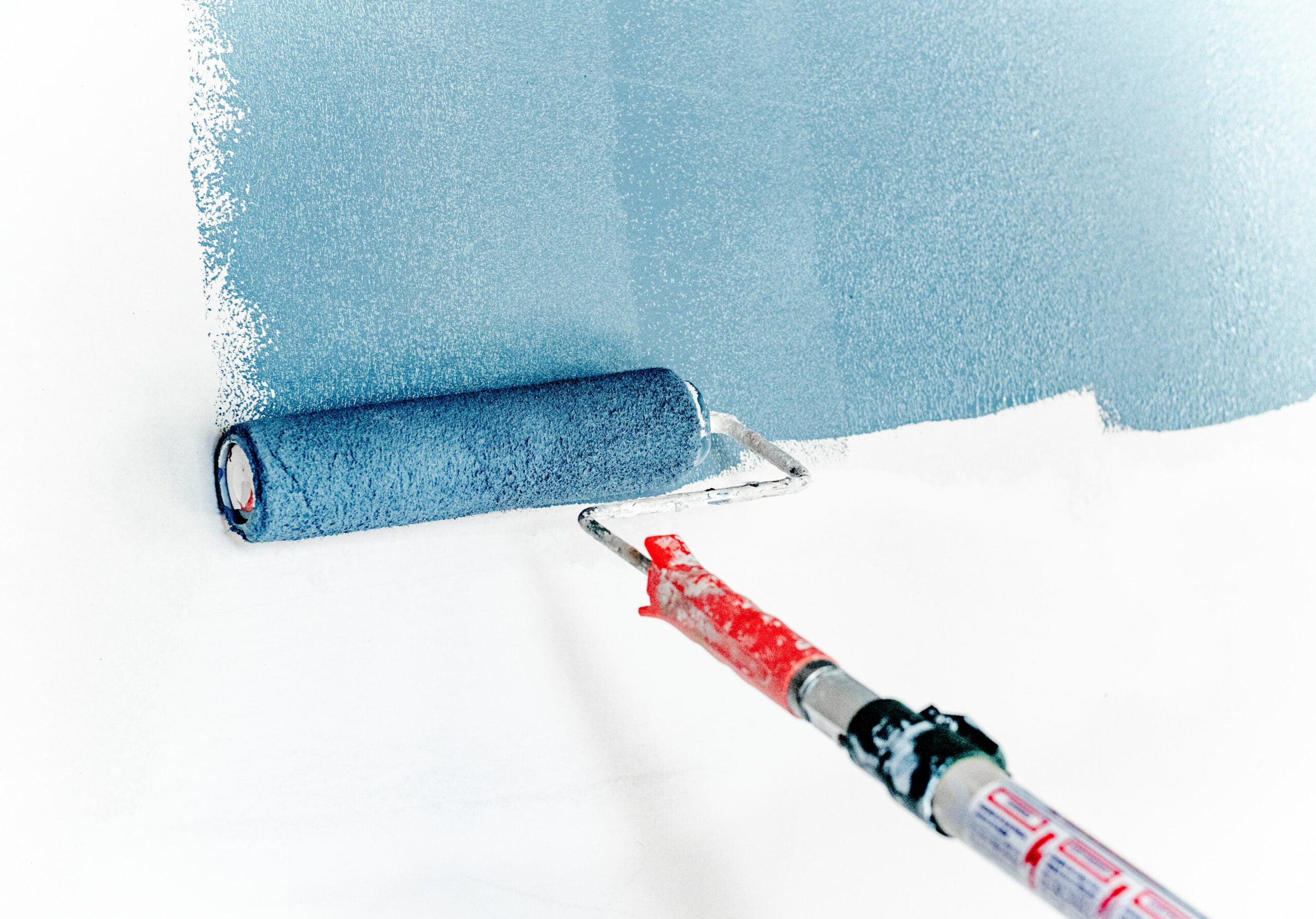
Titanium dioxide is at the heart of colours
All colour-uses described below require an essential pigment, titanium dioxide, which is used in more than 90% of paints and coatings. The substance’s light-scattering capability makes it an essential component for creating rich, long-lasting, bright and opaque coloured shades of paints.
The colour architects and interior designers choose for spaces is carefully calculated so that appropriate differences in luminous density can prevent eye fatigue and raise visual acuity, and therefore productivity, well-being or concentration.
Titanium dioxide is not only the most important pigment in creating white, bright colours, it is also essential for creating a multitude of shades like pastel colours. So, whenever colour is used strategically to fulfil the objectives of the New European Bauhaus, titanium dioxide helps make it possible.
Colours and their social and psychological significance
For a long time, colours have been associated with various emotions which might be reinforced by perceptual, linguistic and cultural systems. In the context of interior and exterior spaces, the Centre for Urban Design and Mental Health as found that colours are associated with various traits and emotions:
Red, with an increase in appetite, reduced depression and increased angry feelings,
Purple, with boosting creativity and developing problem-solving skills,
Orange with optimism,
Blue with a sense of security and productivity,
Green with a sense of harmony and effective decision-making.
Some researchers have started to dig deeper by looking at the psychological effects colour can trigger in the brain, in addition to those driven by other factors such as culture, age and gender. In a nutshell, colour psychology is a study of the connotations between colours and psychological reactions like emotions, mood and behaviour.
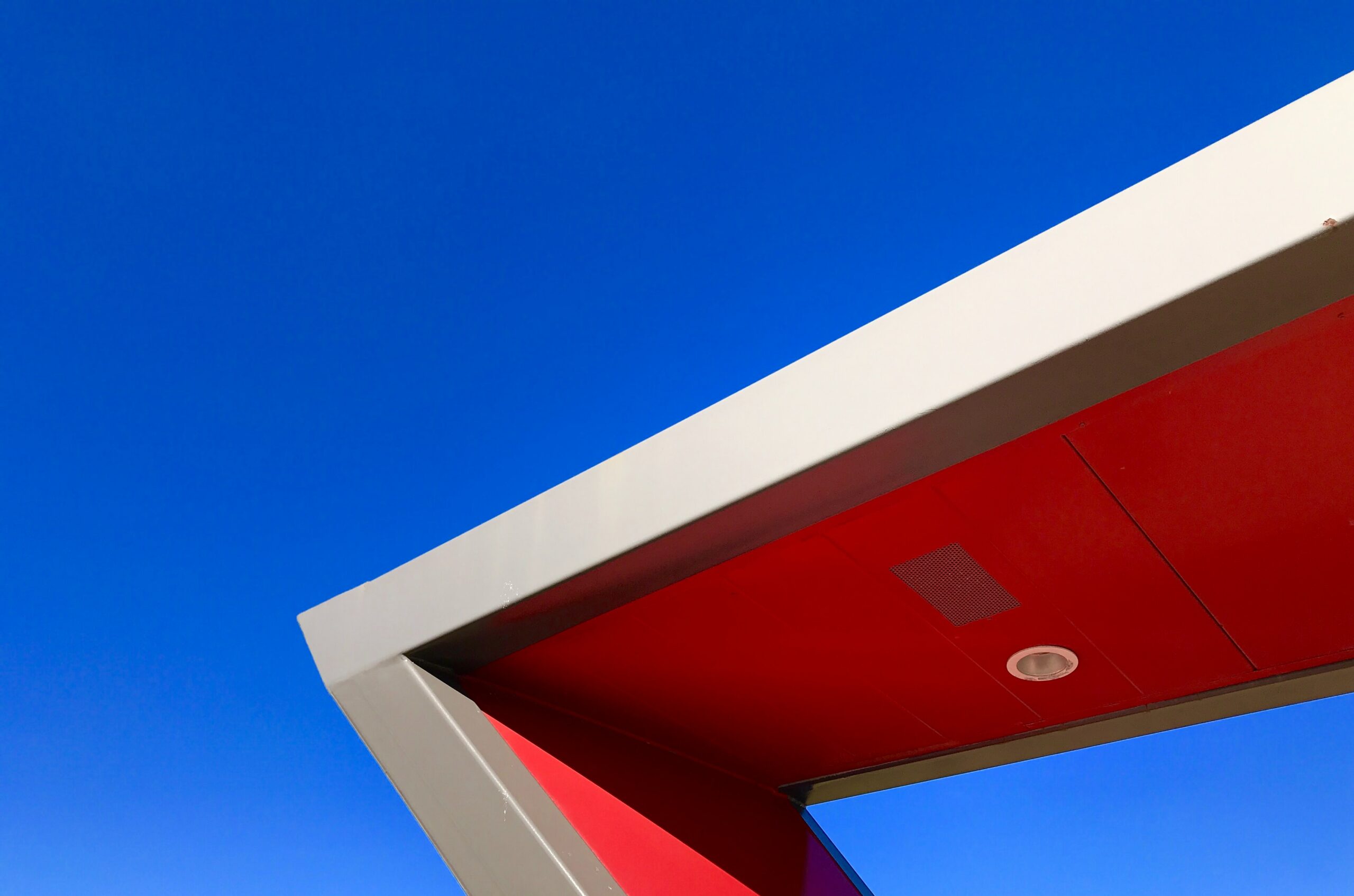
How colours can increase the functionality of tomorrow’s spaces
Sustainable construction provides a balance between environmental, social and economic factors. Regarding the social aspect, the visual and aesthetic quality of a building or an interior must be ensured and maintained in the long-term. For instance, as an official partner of the New European Bauhaus, ecobuild.brussels sets wellbeing, comfort and health ensuring acoustic, thermal, visual and respiratory comfort as one of the nine elements of “Belgian sustainable buildings”.
Some are now trying to use the power of colour in daily environments as an influence for social good to maximise concentration, health and well-being. Some examples below show the psychological and physiological effects coloured buildings have on those that view them, walk by them, and occupy them on a daily basis.
Impacting students
A study conducted at a university sought to find out whether students’ moods changed in relation to colour and if colours can increase stimulation to improve memory retention. This could open the door to use certain colours strategically to improve learning.
The results showed that the students’ recollection of events that took place in the colourful spaces of the student complex remained vivid in their memory.
Further, the colour red affects students’ performance, especially before taking an exam, as they link its use to when teachers correct their papers in bright red ink. The study found that students who were shown the colour red before the exam scored more than 20% lower than those presented with green and black. These examples highlight that it is essential for architects to understand the impact of colours on moods to create better spaces for their intended purpose.
Healing patients
Colour therapy has been explored by scientists as an aid in seeking to enhance patients’ well-being. Although there is no clear scientific evidence that colour affects psychological well-being in a systemic manner, careful considerations in the choice of colour in healthcare facilities has proven useful.
Parkin Architects Limited has been implementing evidence-based design to bring a new understanding of design best practices to inform its strategies in future projects. Some of its findings indicate that indigo is to be avoided in cases of depression and loneliness, and yellow for cases of insomnia and hyperactivity. Meanwhile, turquoise can help treat stress, anxiety and anger. These are some of the many recommendations for the use of colour in healthcare facilities.
Maximising athletes’ performances
No definite conclusions on the correlation between colours and exercise performance can be drawn. However, when exploring different colours’ relationship with movement, green often acts as a focus as, and was found to improve physiological markers, such as blood pressure and heart rate variability.
Looking back at the 2004 Olympic Games, a study proved that red affects fighters in taekwondo, boxing, and wrestling. Athletes who wore red jerseys won more often than those wearing blue jerseys as their physical abilities such as strength and heart rate were positively affected.
In conclusion, colours have an immediate and unconscious effect on us all. Once we know how to effectively use them in society, we can apply learnings more strategically and be more inclined to create inclusive and adapted spaces in our societies.
